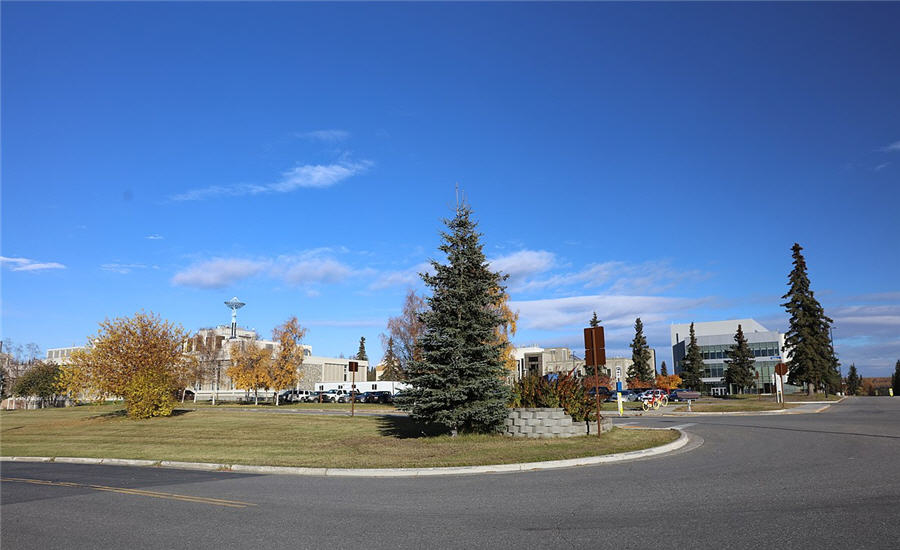
One way to boost coal in the US: Find a spot near a mine with no access to oil or natural gas pipelines, where it’s not particularly windy and it’s dark much of the year.
That’s how the first coal-fired plant to open in the U.S. since 2015 bucked the trend in an industry that’s seen scores of facilities close in recent years. A 17-megawatt generator, built for $245 million, is set to open in April at the University of Alaska Fairbanks, just 100 miles from the state’s only coal mine.
“Geography really drove what options are available to us,” said Kari Burrell, the university’s vice chancellor for administrative services, in an interview. “We are not saying this is ideal by any means.”
The best producers can hope for domestically is a slow down in plant closures
The new plant is arriving as coal fuels about 25 percent of electrical generation in the U.S., down from 45 percent a decade earlier. A near-record 18 coal plants closed in 2018, and 14 more are expected to follow this year, according to BloombergNEF.
The biggest bright spot for U.S. coal miners recently has been exports to overseas power plants. At home, one of the few growth areas has been in pizza ovens.
There are a handful of other U.S. coal power projects that have been proposed, including plans to build an 850 megawatt facility in Georgia and an 895 megawatt plant in Kansas. But Ashley Burke, a spokeswoman for the National Mining Association, said she’s unaware of any U.S. plants actively under development besides the one in Alaska.
“The future of power in the U.S. does not include coal,” Tessie Petion, an analyst for HSBC Holdings Plc, said in a research note.
Fairbanks sits on the banks of the Chena River, amid the vast subarctic forests in the heart of Alaska. The oil and gas fields of the state’s North slope are 500 miles north. The nearest major port is in Anchorage, 350 miles south.
The university’s new plant is a combined heat and power generator, which will create steam both to generate electricity and heat campus buildings. Before opting for coal, the school looked into using liquid natural gas, wind and solar, bio-mass and a host of other options. None of them penciled out, said Mike Ruckhaus, a senior project manager at the university.
The project, financed with university and state-municipal bonds, replaces a coal plant that went into service in 1964. University spokeswoman Marmian Grimes said it’s worth noting that the new plant will emit fewer emissions.
The coal will come from Usibelli Coal Mine Inc., a family-owned business that produces between 1.2 and 2 million tons per year from a mine along the Alaska railroad, according to the company’s website.
While any new plant is good news for coal miners, Clarksons Platou Securities Inc. analyst Jeremy Sussman said this one is “an isolated situation.”
“We think the best producers can hope for domestically is a slow down in plant closures,” he said.
(By Joe Ryan)